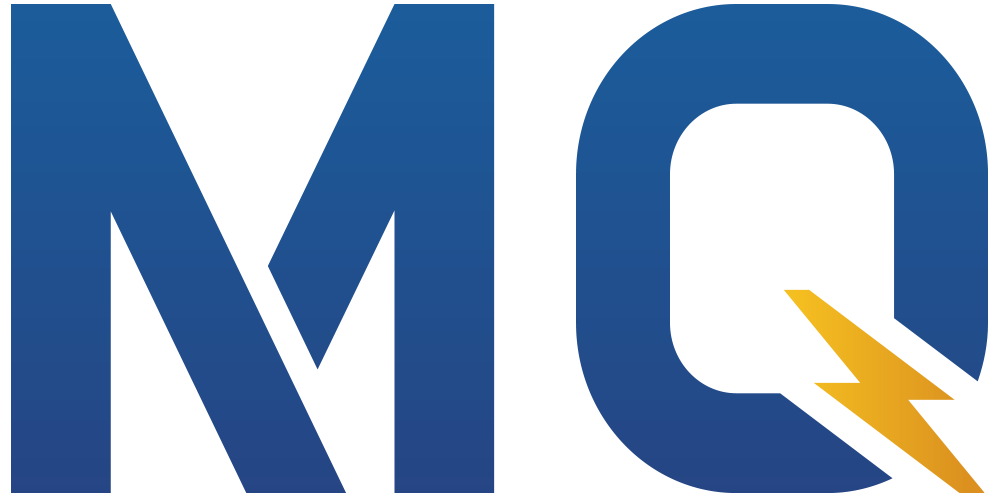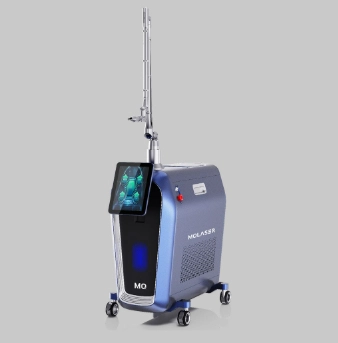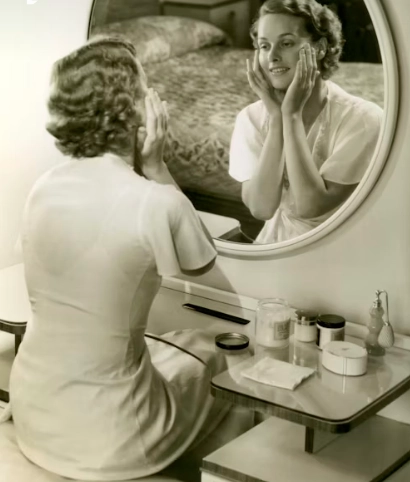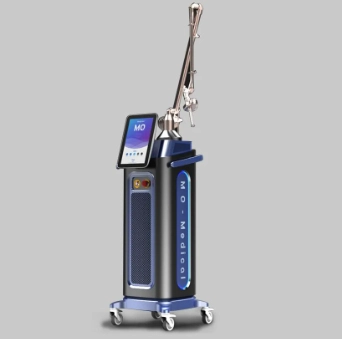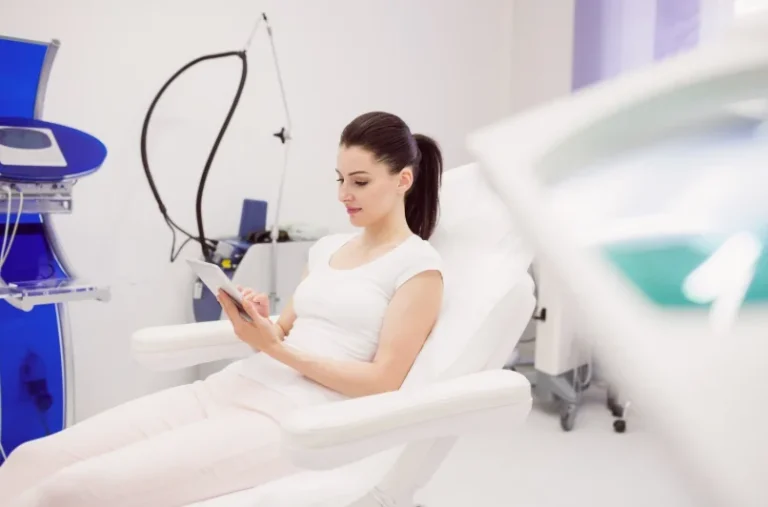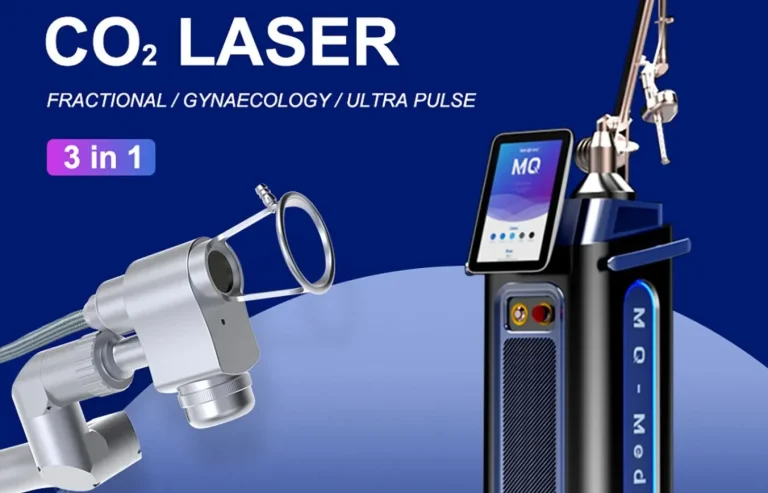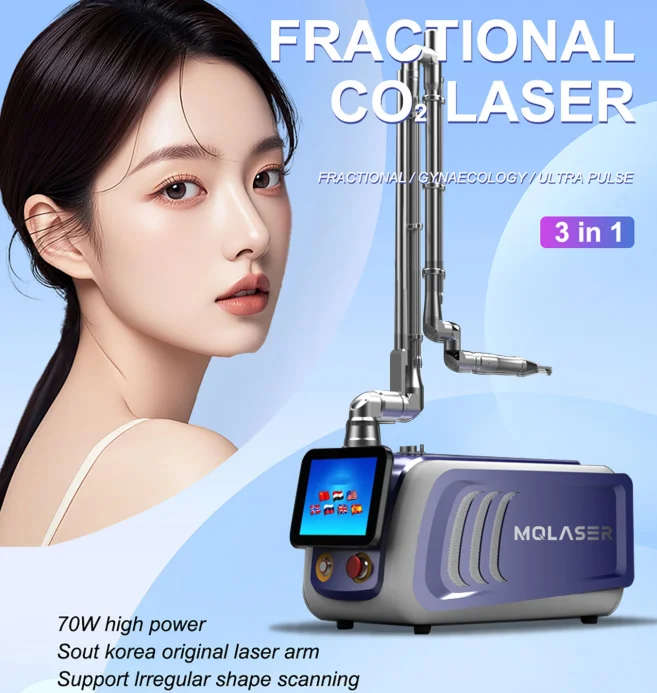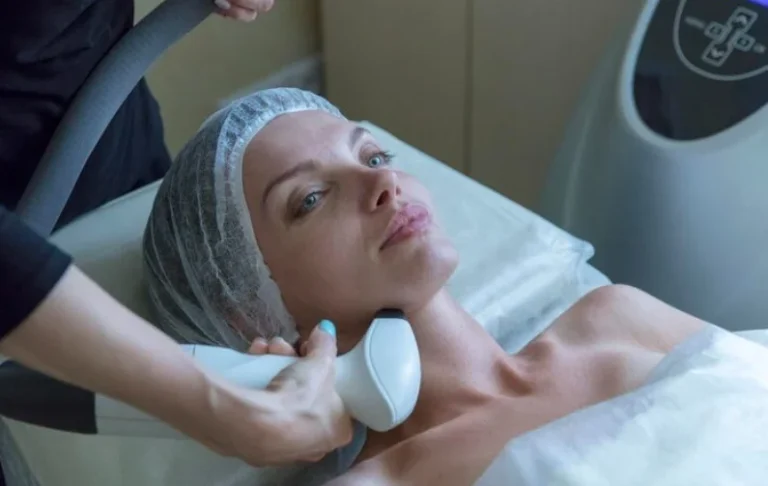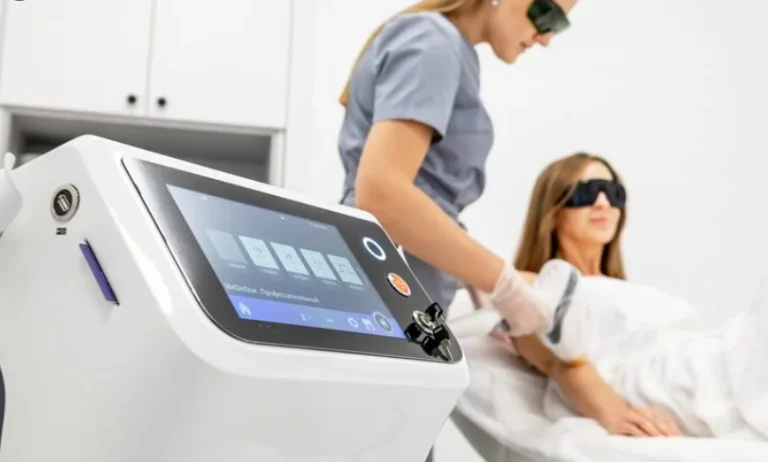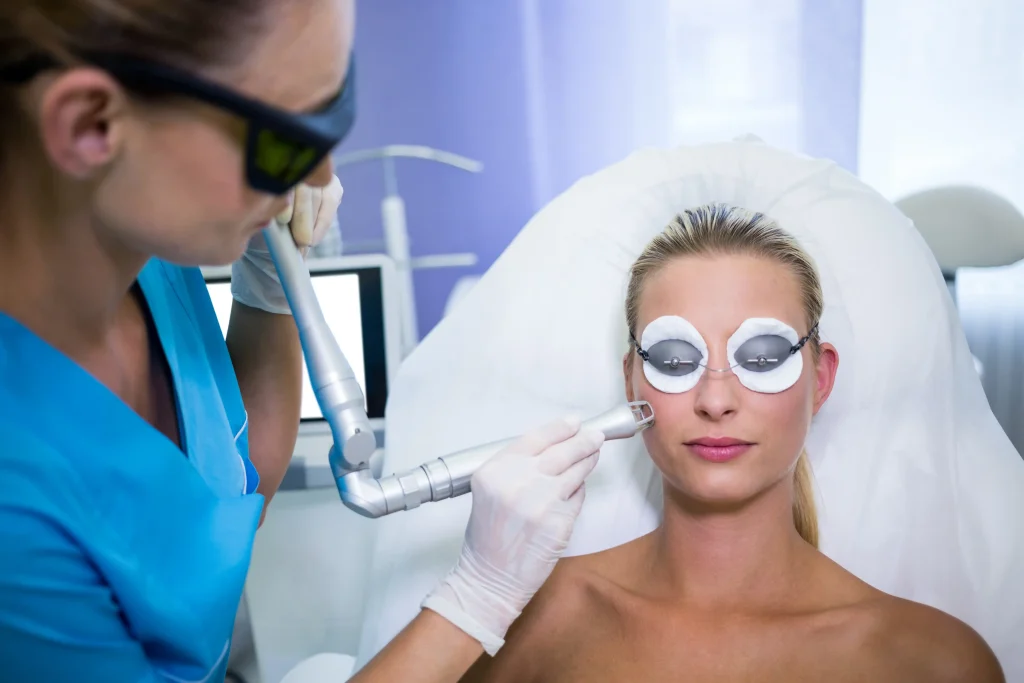
Acne scars affect more than just the skin. They can lower confidence and harm emotional health. As more people seek solutions, medical spas are turning to lasers to meet these needs. Choosing between ablative CO2 lasers and non-ablative methods is tough. Each offers different results and costs, like picking between a strong tool and a softer approach.
Why MedSpas Are Investing in Laser Technologies
Clients want quick, clear improvements with little recovery time. Lasers deliver precision, safety, and flexibility for various skin issues. They treat scars, uneven color, and more. Because of this, lasers are now vital in aesthetic care.
The Growing Demand for Acne Scar Treatments
Many people want non-surgical fixes for acne scars. This pushes medical spas to provide effective treatments. High-quality laser systems allow spas to offer valuable services. These support higher prices and keep clients happy.
Exploring Ablative CO2 Laser Technology
Ablative CO2 lasers are highly valued for deep skin renewal and scar repair. They reach deep layers and boost collagen growth, making them ideal for tough acne scars.
What Makes Ablative CO2 Lasers Distinct
The CO2 fractional laser sends out a beam split into thousands of tiny rays. These rays form small, precise treatment spots. They spark the body’s healing process. Nearby healthy skin stays safe. During recovery, the skin creates lots of new collagen. This leads to smoother, younger-looking skin.
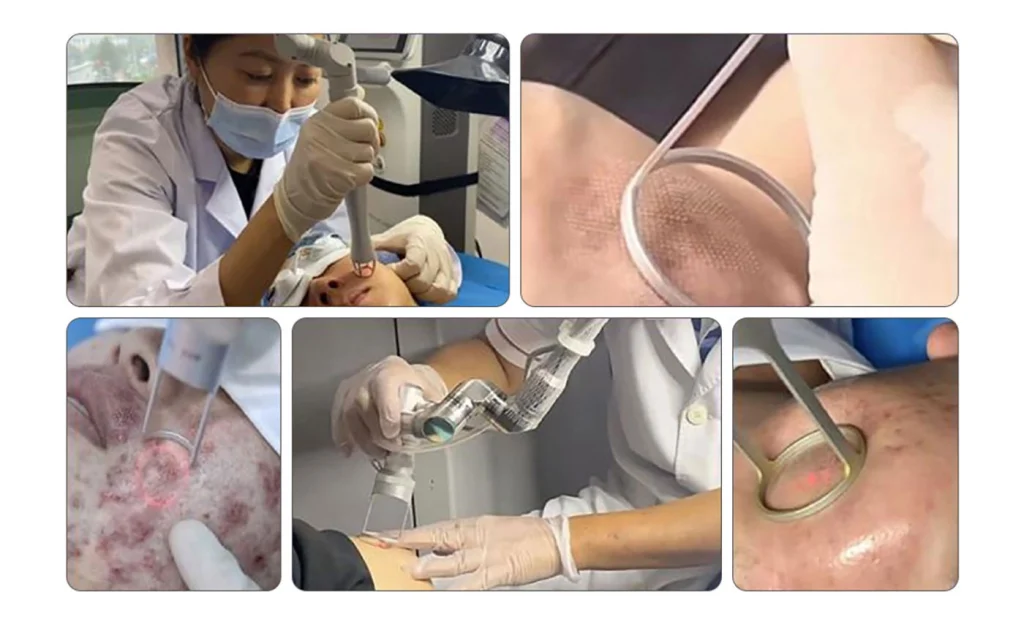
Key Features of Fractional CO2 Lasers for Skin Renewal
- Deep Reach and Focused Heat Spots: The laser warms deeper skin layers to 55–62℃. This heat tightens and rebuilds collagen. It works well for deep scars, going beyond surface fixes.
- Lasting Changes in Skin Look and Feel: The body’s repair process swaps out damaged skin for fresh tissue. Scars fade noticeably. Over time, skin becomes smoother, and its color evens out, offering long-term gains.
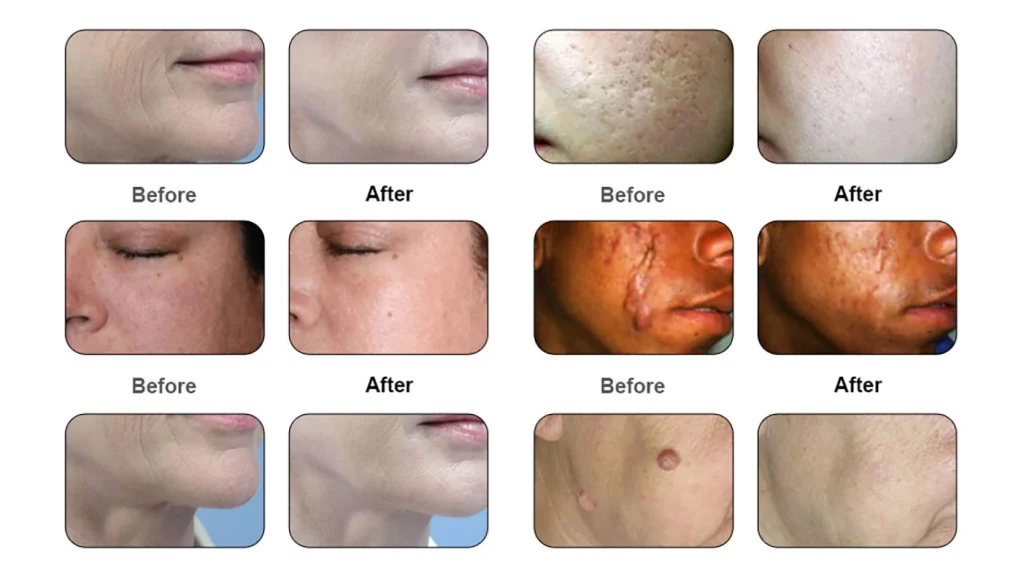
Non-Ablative Laser Options in the Market
Non-ablative lasers are gentler. They heat deeper skin without harming the top layer. They carry less risk and need less recovery time. But they are less effective for deep acne scars.
Surface-Level Treatment Approach
Non-ablative systems warm the skin’s deeper layers without touching the surface. This encourages some collagen growth. Yet, it often takes many sessions to see fair results.
Common Types of Non-Ablative Devices Used in MedSpas
- Near-Infrared and Diode-Based Systems: These use different wavelengths. Their energy targets water in the skin. This makes them less powerful, needing several sessions over months. They work better for light skin touch-ups than major scar fixes.
- IPL as an Alternative Option: Intense pulsed light (IPL) isn’t a true laser but is popular in spas. It helps with skin color issues. However, it doesn’t reach deep enough to improve acne scars much compared to ablative lasers.
Comparing Treatment Outcomes: Ablative vs. Non-Ablative
Knowing how these treatments perform helps spa owners meet client hopes.
- Recovery Time and Downtime Considerations: Ablative CO2 treatments need 5–10 days to heal. They remove the skin’s top layer, which may cause redness or other issues. Non-ablative treatments let clients return to normal life right away. But their results take longer to show.
- Number of Sessions Typically Required: One CO2 session can greatly reduce scars. Non-ablative treatments often need 4–6 sessions or more. Their shallow reach limits quick changes.
- Client Happiness and Visible Changes Over Time: Clients wanting big improvements prefer CO2 lasers. These create lots of new collagen. Non-ablative options suit those seeking small tweaks or upkeep.
Return on Investment (ROI) Analysis for MedSpas
Picking between ablative and non-ablative devices isn’t just about results. It’s also about money matters.
Initial Equipment Costs and Maintenance Requirements
- Cost Details: Ablative systems use sturdy parts, like reliable metal or glass tubes. These last longer but cost more upfront. Their durability saves money over time.
- Upkeep and Training: CO2 lasers need regular care. They use fewer supplies per session. Training takes effort at first but leads to trust through great results.
Revenue Potential per Client Session
- Pricing Plans: CO2 treatments give stronger results in one session. This allows higher prices, often two or three times more than non-ablative sessions.
- Keeping Clients and Selling More Services: Clear results from CO2 treatments build trust fast. Happy clients often try other treatments, like skin tightening or color correction.
Operational Efficiency and Workflow Impact
The device choice shapes daily spa operations.
- Treatment Time per Session: CO2 sessions take 30–60 minutes, based on the area size. Non-ablative sessions are a bit shorter. But their need for repeat visits stretches the treatment plan.
- Staff Needs and Learning Time: CO2 lasers demand more training due to their strength. Modern systems offer adjustable settings for precise work. Clear, simple controls make learning easier.
Marketing Advantages of Offering Ablative CO2 Treatments
Offering advanced CO2 lasers sets a spa apart as a top skincare provider.
- Standing Out as a High-End Service: Clients link big changes to value. CO2 treatments, backed by certifications like CE or FDA, boost trust.
- Before-and-After Photos That Build Trust: Deep skin renewal creates striking photos. These images shine on social media. Happy clients naturally spread the word.
Brief Introduction to MQLASER as a Trusted Beauty Machine Supplier
MQLASER has over ten years of experience making aesthetic devices. It’s known worldwide for its innovative designs.
Who We Are at MQLASER
MQLASER has a skilled team for research and development. It offers custom services globally. The company spends 15% of its yearly earnings on new products. Its devices carry CE, ISO 13485, and RoHS certifications, ensuring top quality and performance.
DEPPLUS® Fractional CO2 Laser: Designed for High Performance in MedSpas
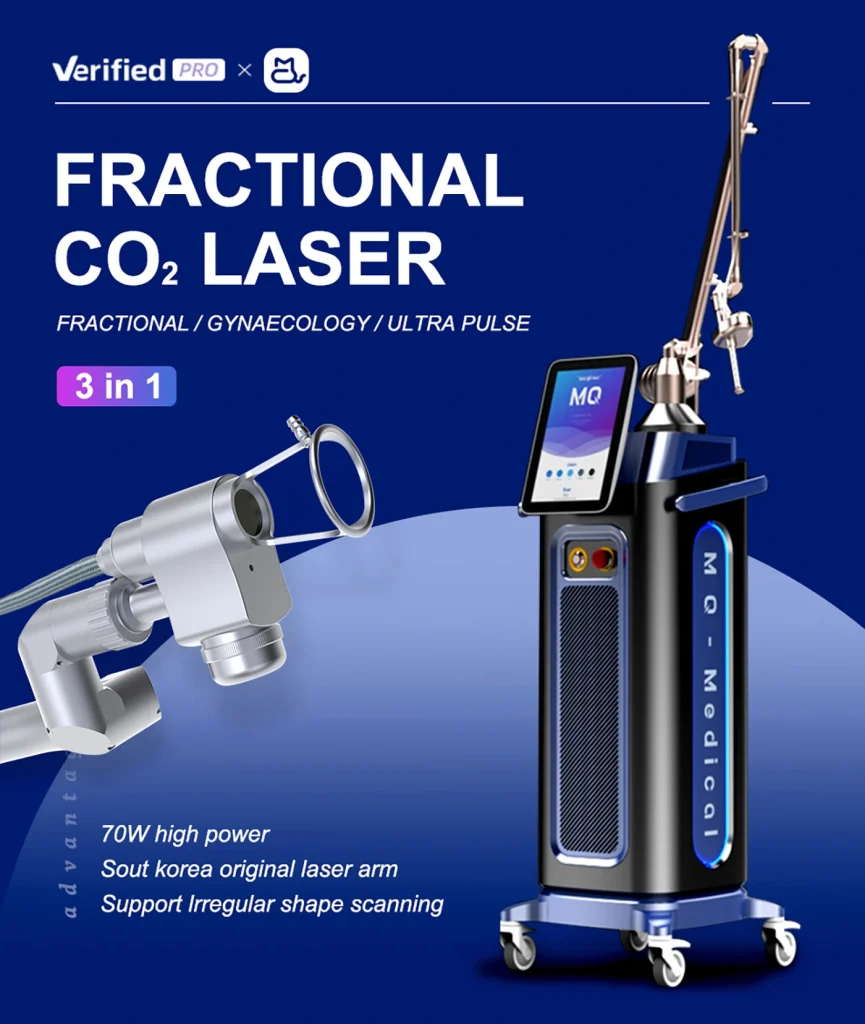
- Advanced Technology with Easy Use: The DEPPLUS® has simple controls and clear guides. Operators can tweak settings for scar repair or other treatments. It includes standard and fractional systems.
- Global Certifications for Confidence: The device holds CE, FDA, and ISO 13485 approvals. These ensure safety and build client trust during visits.
Summary of Key Insights for MedSpa Decision-Makers
Smart equipment choices balance cost and future earnings. The device must match the spa’s goals. CO2 lasers offer strong ROI for spas aiming for big results and a trusted name.
Conclusion: Making the Right Choice for Your MedSpa’s Future
Choosing technology that fits client needs is key. Whether starting new services or improving current ones, devices like the DEPPLUS® from MQLASER ensure success. They strengthen reputation and growth.
FAQs
Q1: How many sessions are needed with an ablative CO2 laser for acne scars?
A: Many clients see big changes after one session. Scar depth or healing may call for more sessions. Providers check each client’s needs.
Q2: Is there any training support provided when purchasing from MQLASER?
A: Yes. MQLASER offers detailed guides and videos. These cover setup and use. Free training, including one-on-one video calls, ensures skill mastery.
Q3: Are fractional CO2 lasers safe for all skin types?
A: They are safe when used properly. Darker skin needs careful settings. Skilled providers assess clients to ensure great results for all skin tones.
